In the fascinating world of reptilian reproduction, few phenomena capture the imagination quite like the remarkable mating rituals of certain snake species. Among these, the spectacle of dozens of male snakes coiling together into a writhing “mating ball” around a single female represents one of nature’s most extraordinary reproductive strategies. This behavior, predominantly observed in garter snakes (Thamnophis sirtalis), creates a visual display that has both bewildered and intrigued scientists and nature enthusiasts alike. As these serpents emerge from winter hibernation, they engage in a competitive reproductive frenzy that can involve up to 50 individuals all vying for a single mating opportunity, creating a complex intertwining of bodies that challenges our understanding of reptilian social behavior.
The Primary Species: Red-Sided Garter Snake

The most famous snake species known for forming massive mating balls is the red-sided garter snake (Thamnophis sirtalis parietalis), a subspecies of the common garter snake. These relatively small, non-venomous snakes are native to North America and are particularly abundant in regions of Manitoba, Canada. The red-sided garter snake features distinctive red or orange stripes along its sides, contrasting with its darker body, making the tangled mating balls even more visually striking. This subspecies has adapted to survive in colder northern climates, with their remarkable mating strategy evolving as a response to their shortened active season and the challenges of finding mates in a limited timeframe.
The Narcisse Snake Dens: Epicenter of the Phenomenon
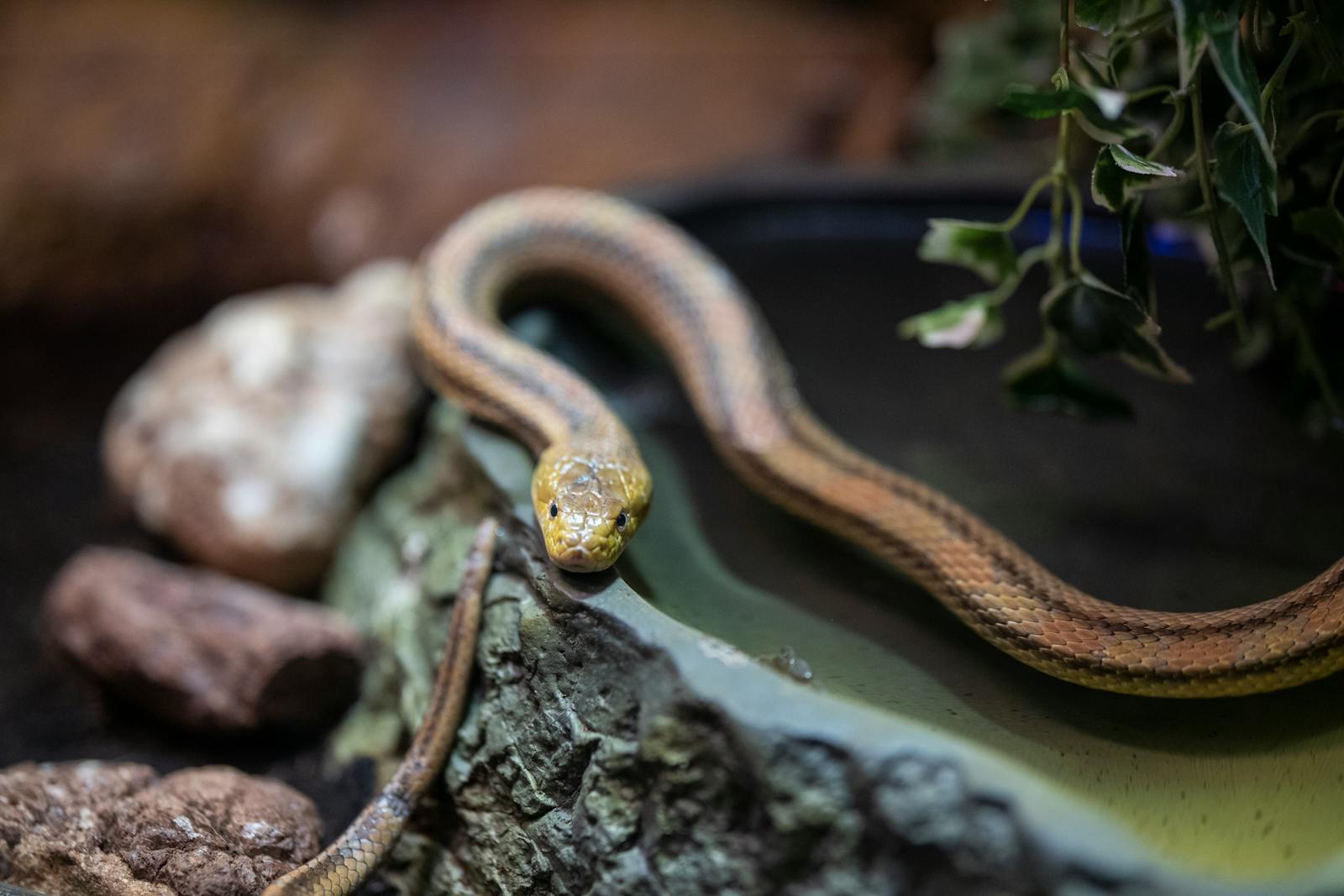
The most spectacular mating ball displays occur at the Narcisse Snake Dens in Manitoba, Canada, which hosts the largest concentration of red-sided garter snakes in the world. Each spring, tens of thousands of these snakes emerge from their communal hibernation dens (hibernacula) where they’ve spent the winter months sheltered from freezing temperatures. The Narcisse Wildlife Management Area contains four major den sites where the snakes congregate in numbers that can reach over 70,000 individuals during peak emergence. This natural wonder attracts researchers and tourists from around the world who come to witness what is arguably one of the most impressive reptilian gatherings on the planet.
The Biology Behind Hibernation Emergence

The formation of mating balls is intricately linked to the snakes’ hibernation cycle and spring emergence patterns. During winter, these cold-blooded reptiles enter a state of brumation (reptilian hibernation) in underground limestone caverns that extend below the frost line, where they can survive the harsh Canadian winter. As spring temperatures rise, usually in late April to early May, males typically emerge first from the hibernacula, with females following days or even weeks later. This emergence timing is critical to understanding the mating ball phenomenon, as it creates a significant imbalance in the ratio of active males to females at any given time. The males’ earlier emergence allows them to prepare physiologically for mating while positioning themselves strategically to intercept females as they exit the dens.
Chemical Communication: The Female Pheromone
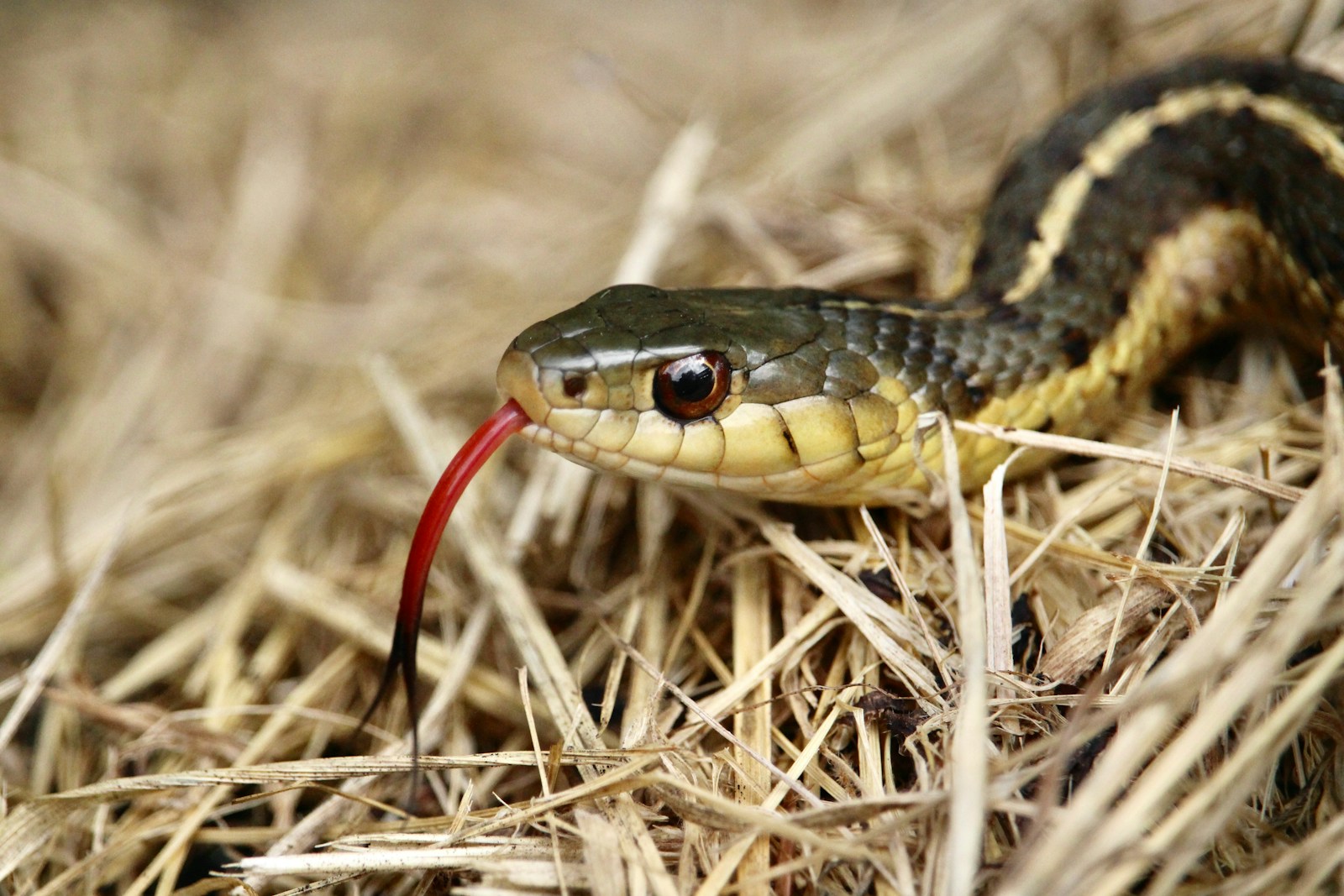
The catalyst for the formation of mating balls is a powerful pheromone released by female garter snakes upon emergence from hibernation. This chemical signal, secreted from the female’s skin, attracts males from considerable distances and triggers intense competitive behavior. Research has identified the specific chemical compounds involved, which include a unique blend of long-chain saturated and unsaturated methyl ketones. The female’s pheromone signature is so potent that even a shed skin from a female can attract males and induce courtship behavior. Interestingly, scientists have observed that larger females produce more pheromones, potentially explaining why they often attract more suitors and develop larger mating balls.
The Formation of the Mating Ball

The process of mating ball formation begins almost immediately upon a female’s emergence from the hibernaculum. As she slithers away from the den entrance, her pheromone trail quickly attracts nearby males who begin to pursue her vigorously. Within minutes, dozens of males may converge on a single female, each attempting to align their body with hers to achieve successful copulation. The males wrap themselves around the female and each other, creating a writhing mass of intertwined snake bodies that can measure several feet across and weigh several pounds collectively. This tangled ball can become so heavy that it sometimes impedes the female’s movement entirely, forcing the entire mass to remain stationary for hours.
Competition Within the Ball

The interior dynamics of a mating ball reveal an intense reproductive competition among male snakes. Within this tangled mass, males employ various strategies to gain reproductive advantage, including body positioning and strategic maneuvering to achieve optimal alignment with the female’s cloaca. Larger males often attempt to use their size to push smaller competitors away from the female, though size isn’t always the determining factor for success. Some research suggests that smaller, more agile males may actually have an advantage in navigating the complex geometry of the mating ball. The competition is further complicated by the fact that female garter snakes can store sperm from multiple males, meaning that even if several males manage to copulate, paternity remains uncertain.
Duration and Female Strategy

A typical mating ball can persist for several hours before gradually dispersing, though some have been observed to last an entire day under certain conditions. The female snake employs several strategies to cope with this overwhelming attention, including specific body movements that may help her select preferred mates from among the crowd. Some researchers have observed females engaging in a behavior known as “balling,” where they ball up their bodies to make copulation more difficult until they encounter a preferred mate. Females may also retreat to colder areas where male activity decreases or even reenter the hibernaculum temporarily to escape the swarm of suitors, emerging later when male numbers have thinned out.
Environmental Factors Influencing Mating Ball Size

The size and duration of mating balls are heavily influenced by environmental conditions, particularly temperature. On warmer days, male snakes become more active and aggressive in their pursuit of females, potentially leading to larger mating aggregations. Conversely, on cooler days, the metabolism of these ectothermic creatures slows, resulting in less vigorous competition and smaller mating balls. Weather patterns also play a role, with researchers noting that sudden temperature drops can cause mating activity to cease almost entirely. The time of day also matters, with peak mating ball formation typically occurring during mid-morning hours when the ground has warmed sufficiently but before the potential for afternoon temperature extremes.
Evolutionary Advantages of the Mating Ball Strategy
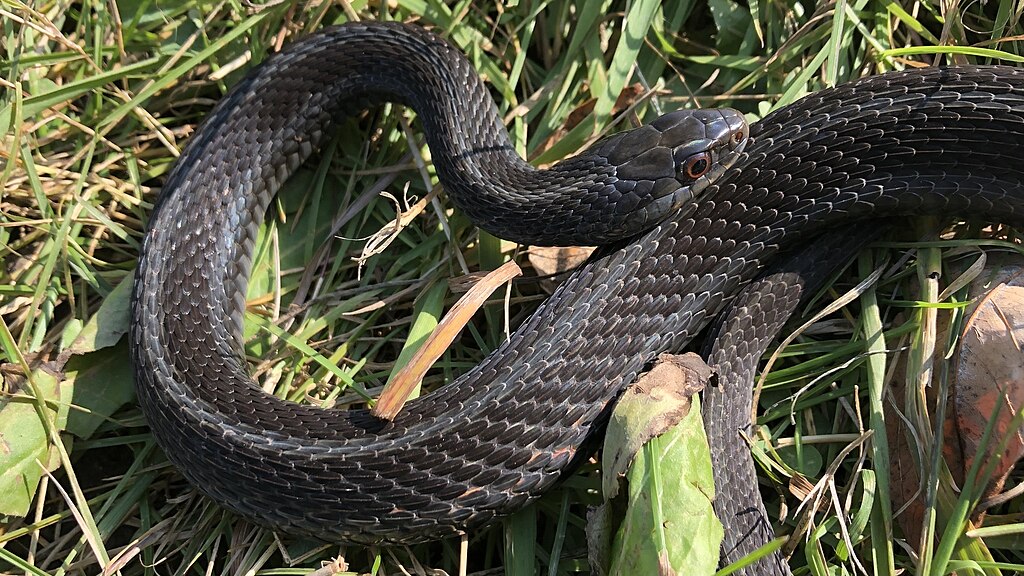
From an evolutionary perspective, the mating ball phenomenon represents a fascinating adaptation to the challenges of a compressed breeding season in northern climates. By concentrating mating activity into a brief but intense period, these snakes maximize reproductive opportunities during their limited active months. For males, participating in mating balls, despite the fierce competition, offers better odds of reproductive success than searching for dispersed females across the landscape later in the season. For females, the mating ball may serve as a form of sexual selection, allowing the most fit or determined males to achieve fertilization. Additionally, the warmth generated by so many bodies in the mating ball might accelerate the female’s reproductive processes, an important consideration in cold environments.
Risks and Dangers of Mating Balls
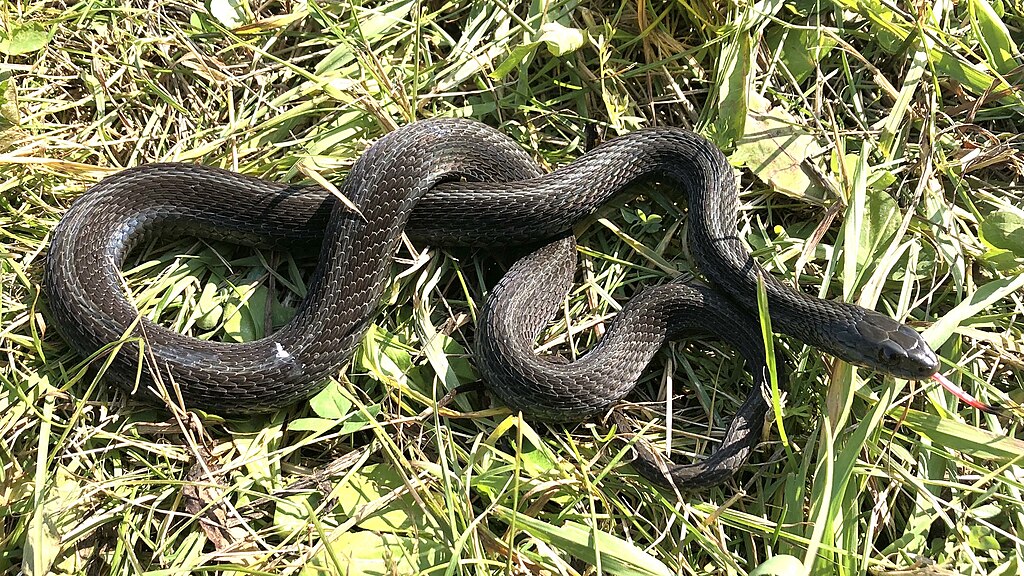
Despite its evolutionary advantages, the mating ball strategy carries significant risks for the participants. The intense compression within the ball can lead to injury or even death for some snakes, particularly smaller males who may become crushed under the weight of the aggregation. Females face perhaps the greatest danger, as they may suffocate if unable to breathe properly while surrounded by dozens of competing males. The mating ball also creates vulnerability to predators, as the preoccupied snakes are less vigilant and more conspicuous. Birds of prey, foxes, and other predators have been observed targeting these aggregations as easy hunting opportunities. Additionally, the physiological stress of participation in these intense reproductive events can deplete energy reserves critical for post-breeding survival.
Other Snake Species with Similar Behaviors
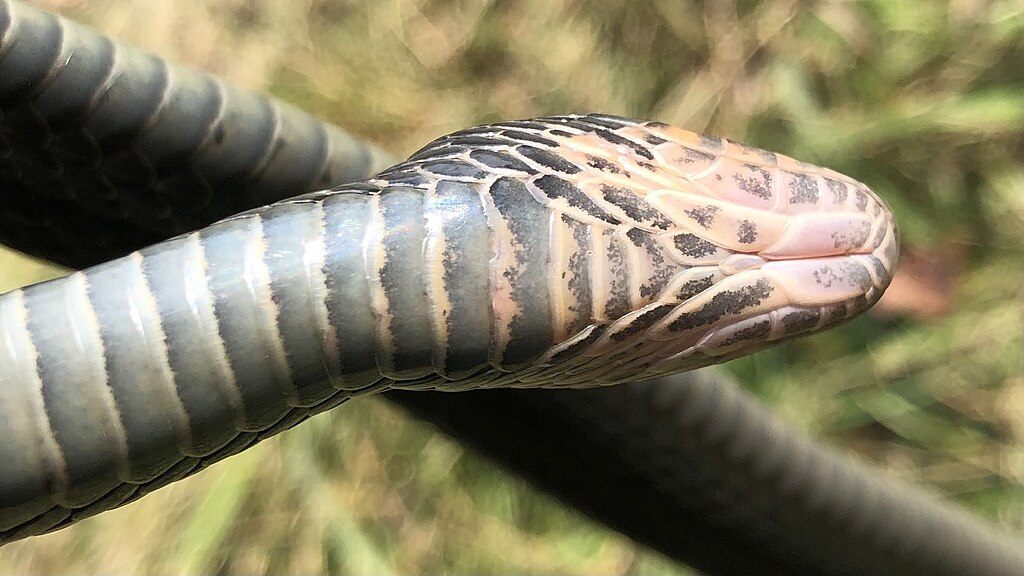
While the red-sided garter snake exhibits the most dramatic and well-documented mating ball behavior, this reproductive strategy appears in several other snake species to varying degrees. The European adder (Vipera berus) is known to form smaller mating balls in northern parts of its range, particularly after emergence from hibernation. Certain water snake species (genus Nerodia) also demonstrate multi-male courtship aggregations, though typically with fewer participants than garter snakes. The green anaconda (Eunectes murinus), one of the world’s largest snake species, engages in a variation of this behavior called “breeding balls,” where several males may simultaneously court a much larger female in water. These examples suggest that convergent evolution has led multiple snake lineages to develop similar reproductive strategies when facing comparable ecological pressures.
Conservation Implications and Human Impact

The spectacular nature of garter snake mating balls has made them popular tourist attractions, raising both opportunities and challenges for conservation. At the Narcisse Snake Dens, conservation authorities have developed viewing platforms and educational programs to allow observation while minimizing disturbance to the snakes. However, snake populations that form mating balls face unique vulnerability to habitat disruption, as damage to hibernation dens can impact thousands of individuals simultaneously. Road mortality also poses a significant threat, as snakes crossing roads during spring migration to breeding areas can be killed in large numbers. Climate change presents another concern, as altered temperature patterns could disrupt the delicate timing of emergence and mating ball formation, potentially reducing reproductive success for these populations.
Scientific Research and Ongoing Mysteries

The phenomenon of snake mating balls continues to inspire scientific investigation across multiple disciplines. Researchers study these aggregations to better understand chemical ecology, sexual selection, and the evolution of reproductive strategies. Recent studies have employed advanced techniques such as thermal imaging to measure heat dynamics within mating balls and genetic analysis to determine paternity patterns among offspring. Despite decades of research, many questions remain unanswered, including how females select among competing males and what specific factors determine a male’s success within the mating ball. Some researchers are investigating potential climate change impacts on this temperature-dependent behavior, while others explore the physiological adaptations that allow snakes to survive the physical challenges of participation in these intense reproductive events.
Cultural Significance and Human Fascination

Throughout human history, snake mating balls have evoked powerful reactions, from fear and revulsion to wonder and fascination. In some Indigenous cultures of North America, the emergence of garter snakes was tied to seasonal ceremonies and considered an important phenological indicator. Early European settlers often misinterpreted these aggregations as “snake orgies” or evidence of supernatural events. Today, the Narcisse Snake Dens have become an ecotourism destination that draws thousands of visitors annually, supporting local economies while raising awareness about snake conservation. The mating ball phenomenon has been featured in numerous nature documentaries, helping to transform public perception of these often-maligned creatures by showcasing one of nature’s most remarkable reproductive adaptations.
The snake mating ball represents one of nature’s most extraordinary reproductive phenomena—a complex intersection of chemical ecology, behavioral adaptation, and evolutionary strategy. As these remarkable reptiles emerge each spring to engage in their ancient reproductive ritual, they remind us of the incredible diversity of life strategies that have evolved on our planet. From the limestone dens of Manitoba to similar aggregations worldwide, these snakes have developed a unique solution to the challenges of finding mates in harsh environments with limited active seasons. As we continue to study and protect these fascinating creatures, the sight of dozens of snakes intertwined in their reproductive dance serves as a powerful symbol of life’s persistence and the endless creativity of natural selection.





